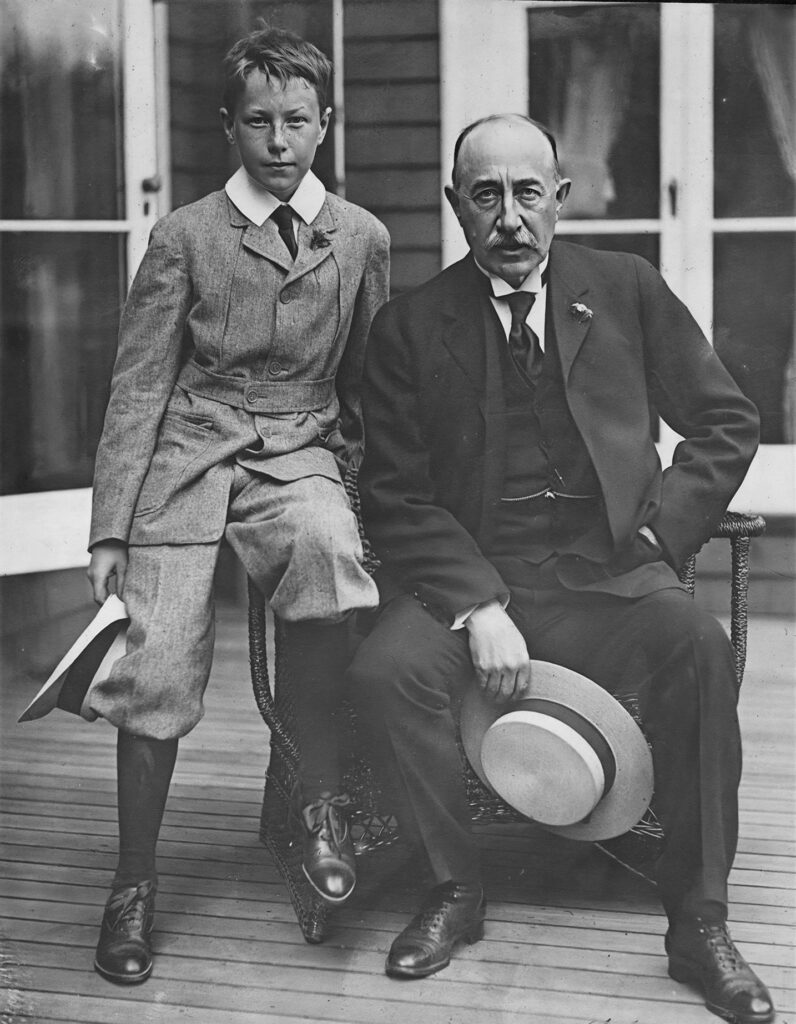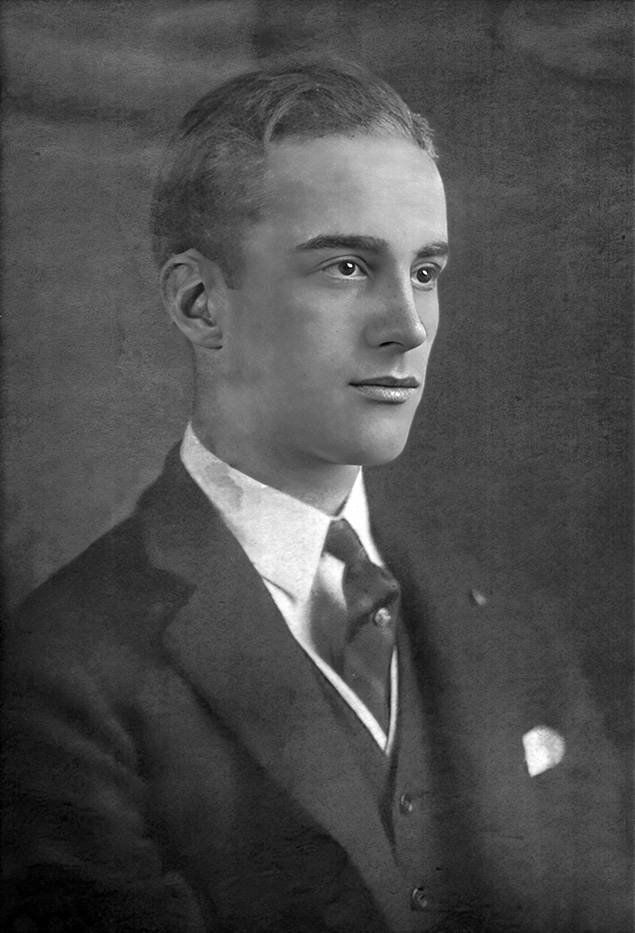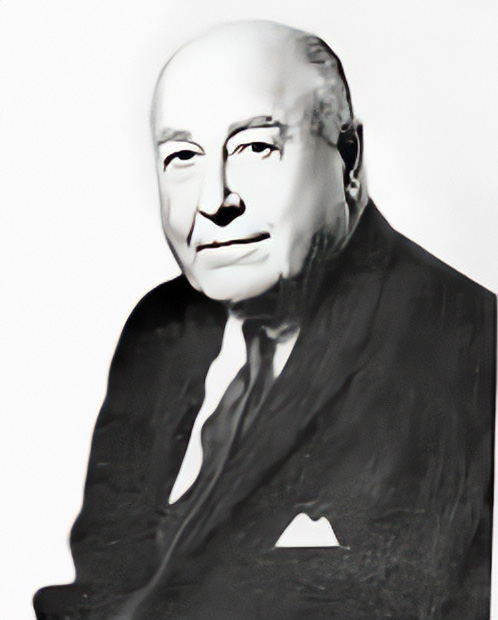Hammond Family Spotlight: Richard Pindle Hammond
Richard Pindle Hammond (1896-1980)
Richard Pindle Hammond was born on August 25, 1896 in Bromley, London, United Kingdom during his family’s residence in the country. His father believed that he inherited his musical talent from his mother, who was studying the subject in Germany when the two future parents first met.
Richard (or Dick, as he was known to friends and family) showed an early interest in music, attempting to climb onto the family’s piano stool in an effort to reach its keys before he was three years of age. One of his favorite toys was “a little primitive phonograph,” according to Hammond Sr., which used slotted and dashed paper discs as its medium. Dick became so familiar with the compositions on the discs that he could recognize them by these slots and dashes alone. Such a system was not unlike the organ roll player his older brother Jack would later employ in his massive pipe organ.
Despite his English birth, Richard Hammond grew up largely in the United States, although he sometimes accompanied his family on trips abroad.

Richard was 21 when the United States entered World War One in April of 1917, and less than two weeks later, he wrote a letter to his brother, Jack, asking for advice on which branch of the military to join:
I am dropping you this hasty line to find out what I had better enlist in. I hate the army and should much prefer to enter the navy. I have a number of friends who are joining the Coast Patrol and Mosquito Fleet at the Newport station. I think rather than putrify up in the Adirondaks (sic) I would do better to get some sort of training as sooner or later I shall have to serve.
What do you think of the Coast Patrol? Do you think it is a wise thing to join?
Could you let me know soon, as I want to determine upon a definite plan right away.
Hoping this will not prove too much trouble.
I am
your devoted brother
Dick
This letter makes it clear that Richard looked up to his older brother and respected his opinion. It also makes it clear that he was interested in joining the U.S. Navy, perhaps motivated by his experience living and sailing in Gloucester; this was to be his eventual choice.

Like the other male members of his family, Richard was an alumnus of Yale University, and went on to study music in Europe, as his mother had done. He counted among his instructors Mortimer Wilson of early film score fame, Nadia Boulanger, one of the foremost music teachers of the first half of the 20th century, and music scholar Emerson Whithorne. Hammond would go on to focus on writing orchestral, chamber, and choral music.

Perhaps Richard’s most famous musical associate was the legendary Igor Stravinsky (1882-1971), one of the most important modernist composers. Stravinsky and Richard Hammond were very good friends, and the Russian composer was also well-acquainted with his brother, John Hays Hammond Jr.; the latter Hammond maintained a collection of Stravinsky records in his private collection, which still exists in the Museum to this day. Stravinsky was known to be a visitor to the Hammond family estate at Lookout Hill in the early 1920s as well.
Their friendship endured through the decades, with Stravinsky referring to Dick and his longtime partner, George Martin, as his “dearest friends” in 1959.
Stravinsky’s influence can be heard in the discordant nature of some of the notes in “Dance,” a piano piece written by Richard Hammond as an homage to Ignacy Jan Paderweski, Prime Minister of Poland, who was also a renowned pianist and composer.

Richard relocated to New York eventually, and spent some time in California as well. He maintained a long association with a man named George Martin, with whom he lived for years. Martin is listed in census records as Richard’s secretary, and several notes and letters sent to Richard reference George as well. The two coauthored a book called Eating in Italy, a guide to Italian cuisine, in 1957. Contemporary research suggests that the two men were likely romantic life partners as well.
Richard and Jack Hammond enjoyed a good relationship for decades, judging by correspondence between the two brothers, sending gifts and advice to each other. Richard outlived both brothers Jack and Harris, ultimately passing away on December 2, 1980.

